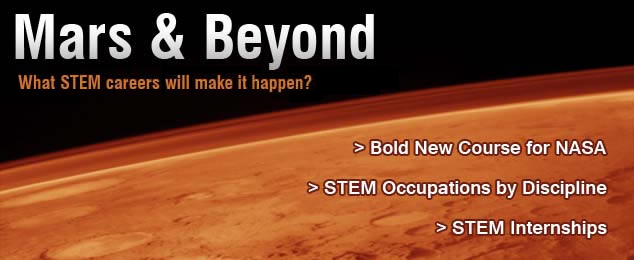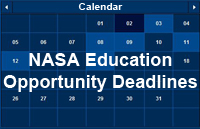Calculus is challenging, but it shouldn’t be a reason for fewer grads from STEM majors. Researchers found that a main reason students, especially women, are dropping out of STEM Majors is due to a decreased confidence and a lack of desire to take more Calculus. The students initially got into sciences or engineering most likely because they enjoyed it in high school, not because they wanted to complete difficult Math courses. They are prepared individuals and researchers found the students’ grades in Calculus are adequate, however their confidence drops after taking Calculus I and discourages the students from advancing to Calculus II. Counselors should be aware of this issue, and encourage all students not to drop out simply because of the math. There are plenty of resources available to aid with the program and Educators should help to re-build the confidence in students as well. Calculus is an essential aspect of STEM and should not be a factor preventing students from pursuing a STEM degree.
To read the full article click here.

















